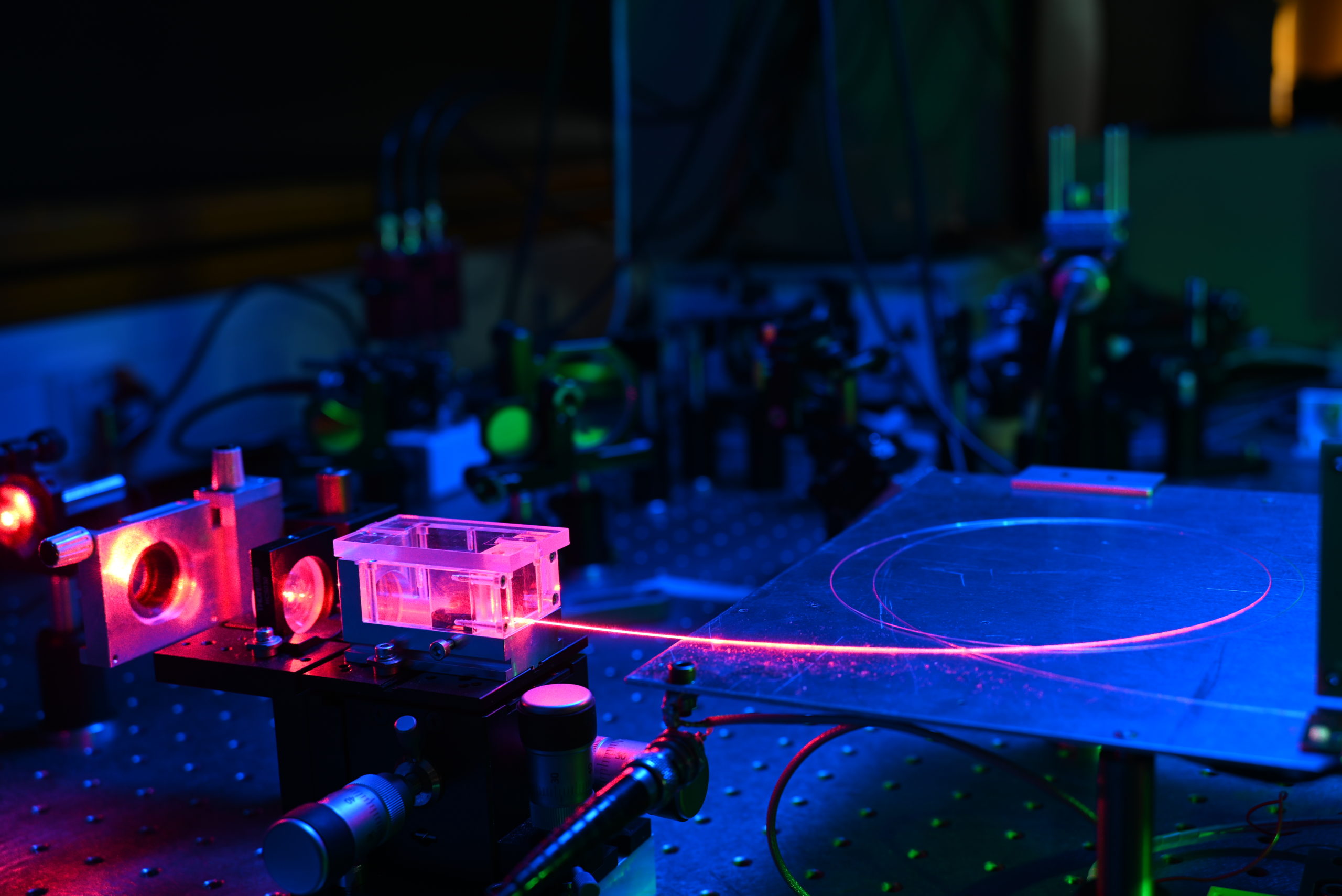Flying particle sensors

In addition to conventional optical fiber sensors (OFS), the photonics group at our institute is working on a novel sensor concept based on optically trapped microparticles inside a hollow-core photonic crystal fiber (HC-PCF). Microparticles with application specific properties can be trapped by coupling two counterpropagating beams and propelled along the fiber by adjusting the power ratio of both trapping beams. By observing the effect of external measurands on a particle we can realize a reconfigurable multi-parameter OFS.
The so-called flying particle sensor can achieve a high spatial resolution that is limited by the diameter of the trapped particle and the particle localization accuracy and precision (Zeltner, Bykov, Xie, Euser, and Russell, 2016). Therefore, we integrated a precise localization system based on optical frequency domain reflectometry (OFDR) into the particle trapping setup.
The concept of coherent OFDR is inspired by the frequency-modulated continuous-wave radar. Basically, a laser source is linearly frequency-tuned. The light which is reflected at the particle interferes with a reference beam resulting in a beat frequency that is proportional to the particle distance. In joint experiments with the Max Planck Institute for the Science of Light (MPL) a localization precision of approximately 10 µm has been achieved for a polystyrene particle trapped in the HC-PCF (Podschus, 2020). Furthermore, the application of such this sensor concept was successfully demonstrated to measure temperature (Köppel, 2021: >> read more).
Contact:
Max Köppel, M. Sc.
- Phone number: +49 9131 85-20736
- Email: max.koeppel@fau.de
Jasper Freitag, M. Sc.
- Phone number: +49 9131 85-65179
- Email: jasper.freitag@fau.de

